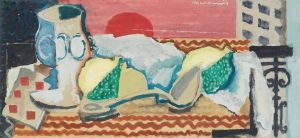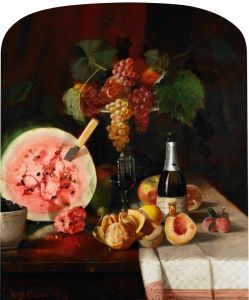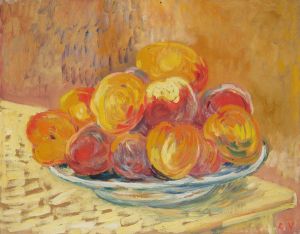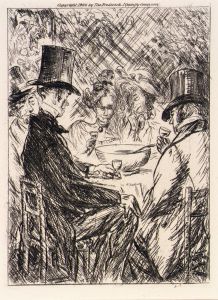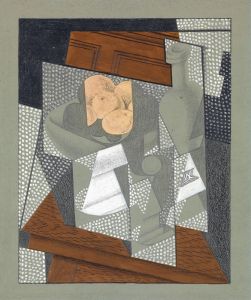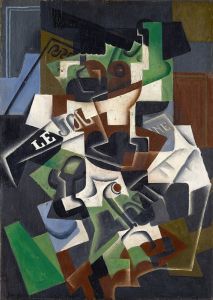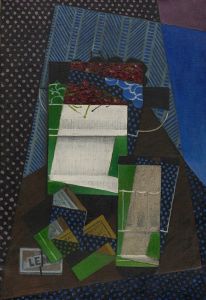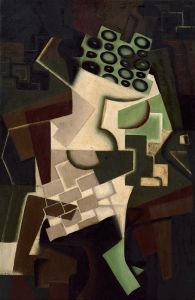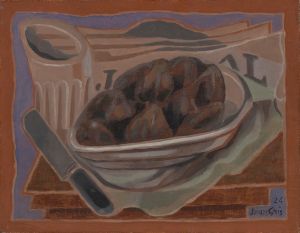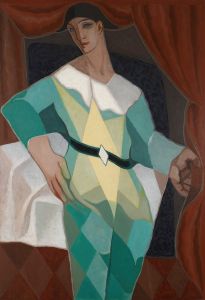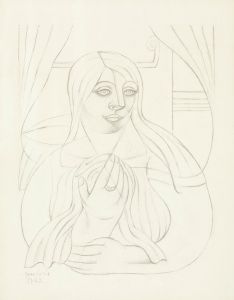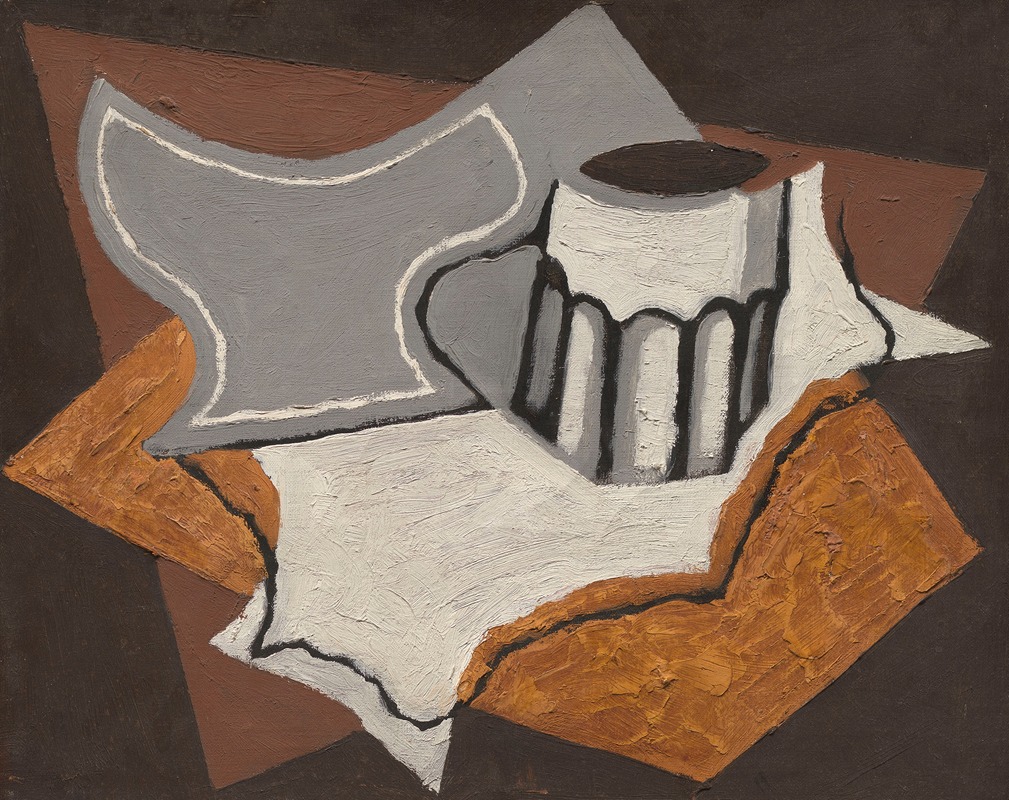
Le gobelet
A hand-painted replica of Juan Gris’s masterpiece Le gobelet, meticulously crafted by professional artists to capture the true essence of the original. Each piece is created with museum-quality canvas and rare mineral pigments, carefully painted by experienced artists with delicate brushstrokes and rich, layered colors to perfectly recreate the texture of the original artwork. Unlike machine-printed reproductions, this hand-painted version brings the painting to life, infused with the artist’s emotions and skill in every stroke. Whether for personal collection or home decoration, it instantly elevates the artistic atmosphere of any space.
Juan Gris, a prominent Spanish painter and sculptor, is widely recognized for his significant contributions to the Cubist movement. One of his notable works is "Le Gobelet," which exemplifies his distinctive approach to Cubism. Gris was born in Madrid in 1887 and later moved to Paris, where he became associated with leading artists of the time, including Pablo Picasso and Georges Braque, who were instrumental in the development of Cubism.
"Le Gobelet," created in 1913, is a still-life painting that showcases Gris's unique style within the Cubist framework. Unlike the early Cubist works of Picasso and Braque, which often employed a monochromatic palette, Gris's paintings are characterized by their vibrant colors and intricate compositions. This painting reflects his interest in depicting everyday objects through a fragmented and abstract lens, a hallmark of Cubist art.
In "Le Gobelet," Gris employs a combination of geometric shapes and overlapping planes to deconstruct and reassemble the subject matter. The painting features a goblet, along with other objects, arranged in a manner that challenges the viewer's perception of space and form. Gris's use of color is particularly noteworthy; he incorporates a range of hues to create depth and contrast, enhancing the visual complexity of the composition.
Gris's approach to Cubism was analytical, focusing on the structure and form of objects. He often incorporated elements of collage into his paintings, a technique that involved the integration of various materials and textures to add dimensionality. Although "Le Gobelet" is a painted work, it reflects this collage-like quality through its layered appearance and the interplay of different shapes and colors.
The painting is a testament to Gris's ability to blend traditional artistic techniques with innovative ideas. His work in the Cubist style was not only about breaking objects into geometric forms but also about exploring the relationship between the objects and their surrounding space. This exploration is evident in "Le Gobelet," where the goblet and other elements seem to float within the composition, inviting viewers to engage with the painting from multiple perspectives.
Gris's contributions to Cubism were significant, as he brought a sense of clarity and order to the movement. His works, including "Le Gobelet," are celebrated for their precision and harmony, qualities that set them apart from the more chaotic and fragmented compositions of his contemporaries. Gris continued to develop his style throughout his career, influencing future generations of artists and solidifying his place in the history of modern art.
Today, "Le Gobelet" is appreciated for its artistic innovation and its role in the evolution of Cubism. It remains an important piece within Gris's oeuvre, reflecting his mastery of form, color, and composition. The painting is housed in various collections and continues to be studied and admired by art enthusiasts and scholars alike.





